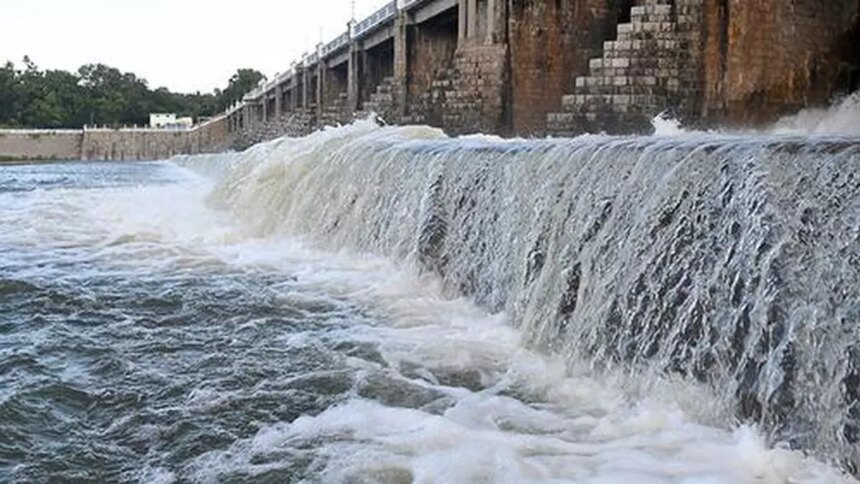The current situation of major Indian reservoirs is a cause for concern, with the water level declining to 73% of capacity. Despite the highest December rainfall since 2001, only the southern region has seen an improvement in reservoir levels while other regions have experienced a decline. The post-monsoon rainfall was near normal, with a 55% deficiency in November impacting crop cultivation.
The Central Water Commission data shows that the storage in major reservoirs is at 125% of last year’s level and 119% of the normal storage for the past 10 years. However, the storage has dropped in all five regions of the country, with 20 reservoirs below 50% capacity.
The northern region’s reservoirs are at 44% capacity, raising concerns for states like Punjab and Himachal Pradesh. In contrast, the western region has the highest storage levels, with Goa’s reservoir at 98% capacity.
The situation in the eastern region is slightly better, with Bihar at 30% capacity and Tripura at 84%. The central region has all states above 60% storage, with Madhya Pradesh at 80% capacity.
The southern region, which received excess rainfall in December, has a storage level of 76% capacity. States like Tamil Nadu and Telangana have reservoirs at 96% and 91% capacity, respectively.
The forecast for above-normal rainfall in January could help improve the storage levels in major Indian reservoirs. It is important for farmers and stakeholders to monitor the situation closely and take necessary precautions to mitigate any potential water scarcity issues in the coming months.










